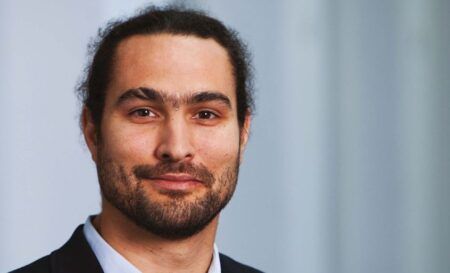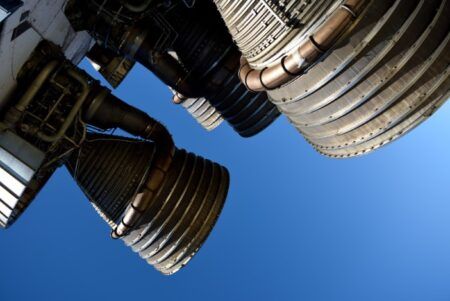Garnet Ridgeway says: Once upon a time, aircraft were considered what would now be called a ‘disruptive technology’; they were new, exciting and their application largely untapped. Small, agile startup companies appeared in garages and sheds across the world, and proceeded to overturn the apparently immovable status quo characterized by railways, ocean liners and horse-drawn vehicles.
Fast-forward a century, and the descendants of those pioneering startup aviation enterprises are now fulfilling the role of the corporate giants they once usurped. While this is undeniably a by-product of their success, it is not an environment conducive to innovation; this is not a breeding ground for the next emergent technology. This is not necessarily a deliberate strategy, but a result of the complexity and long lifetimes of modern aerospace products. Corporate inertia is the antithesis of innovation.
Unsurprisingly, the aerospace testing community, which evolved alongside the broader industry, is similarly ill-equipped to respond to emergent technologies. An issue is over-specialization, as the skill sets of testing organizations have become increasingly impressive in capability, but narrower in scope. This funneling effect is further compounded by the division of engineering skills into disparate streams, or ‘stove piping’, leaving testing organizations poorly equipped to deal with a product that differs from something they’ve assessed previously.
So, what can be done? The good news is that the highly specialized skill sets are very much still required when assessing emergent technologies, and although startup organizations may have a more flexible approach, they don’t have access to the advantages that come with organizational inertia, i.e. deep technical competence and stakeholder relationships. The ideal solution is a structure that harnesses the agility and innovation of startups with the capability and legitimacy of established testing organizations. To make an engineering analogy, consider a retrofit digital flight control system, which imposes a ‘soft’ layer on top of the existing system to massively improve the capability of the vehicle through more intelligent use of the existing hardware. The alternative, as history has shown, is to continue funneling and stove piping into irrelevance and oblivion.
Garnet Ridgway has a PhD from the UK’s University of Liverpool. He has designed cockpit instruments for Airbus and currently works for a leading UK-based aircraft test and evaluation organization
Sophie Robinson says: The opportunity to test and evaluate truly new and emerging technologies is often a once-in-a-career opportunity for a flight test engineer – and one which is relished. The flight test community has a proven track record of testing novel technologies successfully, and there is no reason that testing of new technologies should now move outside of that sphere.
Safety culture has become ingrained in flight test over the years, and is what allows novel technologies to be tested effectively. A strong safety culture exists within the flight test community; we know how to test things and do so safely and incrementally – something which is of paramount importance when stepping into potentially unknown territories with new untried technologies.
The flight test community has also spent years developing the processes and methodologies behind test and evaluation, such that they are robust and resilient – and while the technology might be new, the existing protocols and practices are equally as applicable to new technology as they are to scenarios that have been repeated tens, if not hundreds, of times.
The flight test community has also demonstrated repeatedly that it can be practical and adaptable – how many programs have discovered an unexpected or unpredicted result, but managed to adapt to meet the required outcomes? In testing of emerging technologies, these events are more common. The experience to react and adapt to them is of the highest importance in ensuring that the required testing is completed safely and effectively. The flight test community also has the experience, and the ability to pragmatically
apply that experience, to develop standard operating procedures and limitations that are non-existent for new technologies – an appreciation of the nuances and intricacies of developing such important documentation is something that inexperienced testers may lack, to the inevitable detriment of operational capability.
The flight test community benefits from its existing stakeholder relationships between military, industry and operator, which are essential to successful T&E.
The flight test community should keep testing safely and effectively and delivering exceptional capability to end users.
Sophie Robinson works at the front line of aerospace testing as a rotary-wing performance and flying qualities engineer for a leading UK-based aircraft test organization. She also holds a PhD in aerospace engineering from the University of Liverpool





